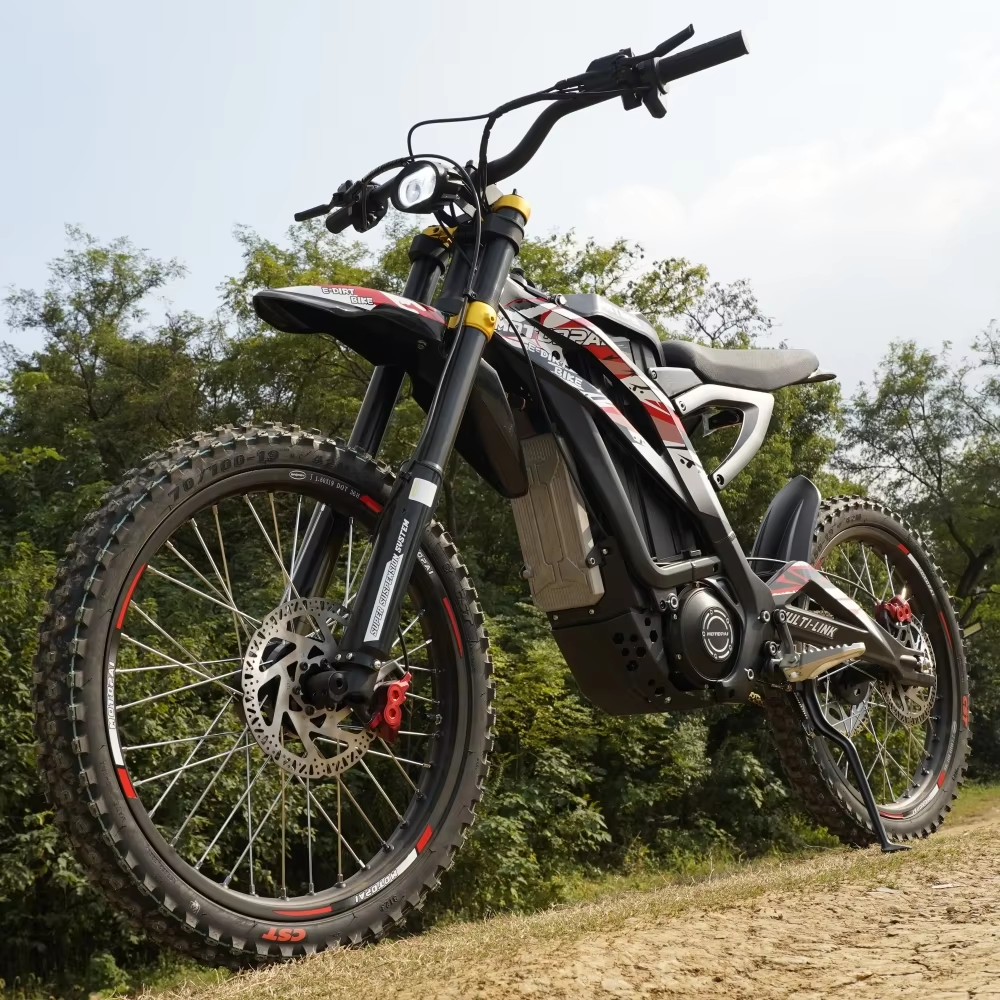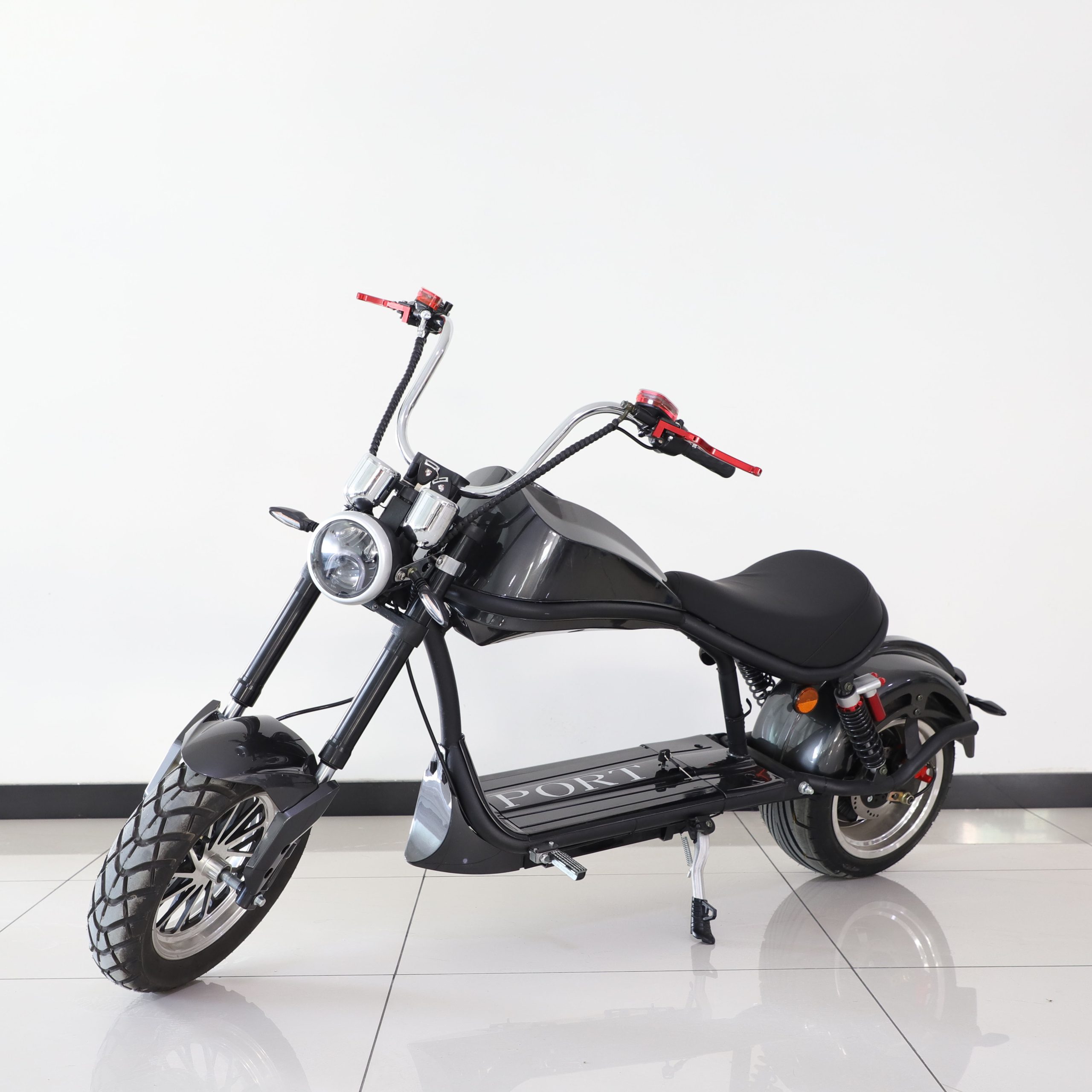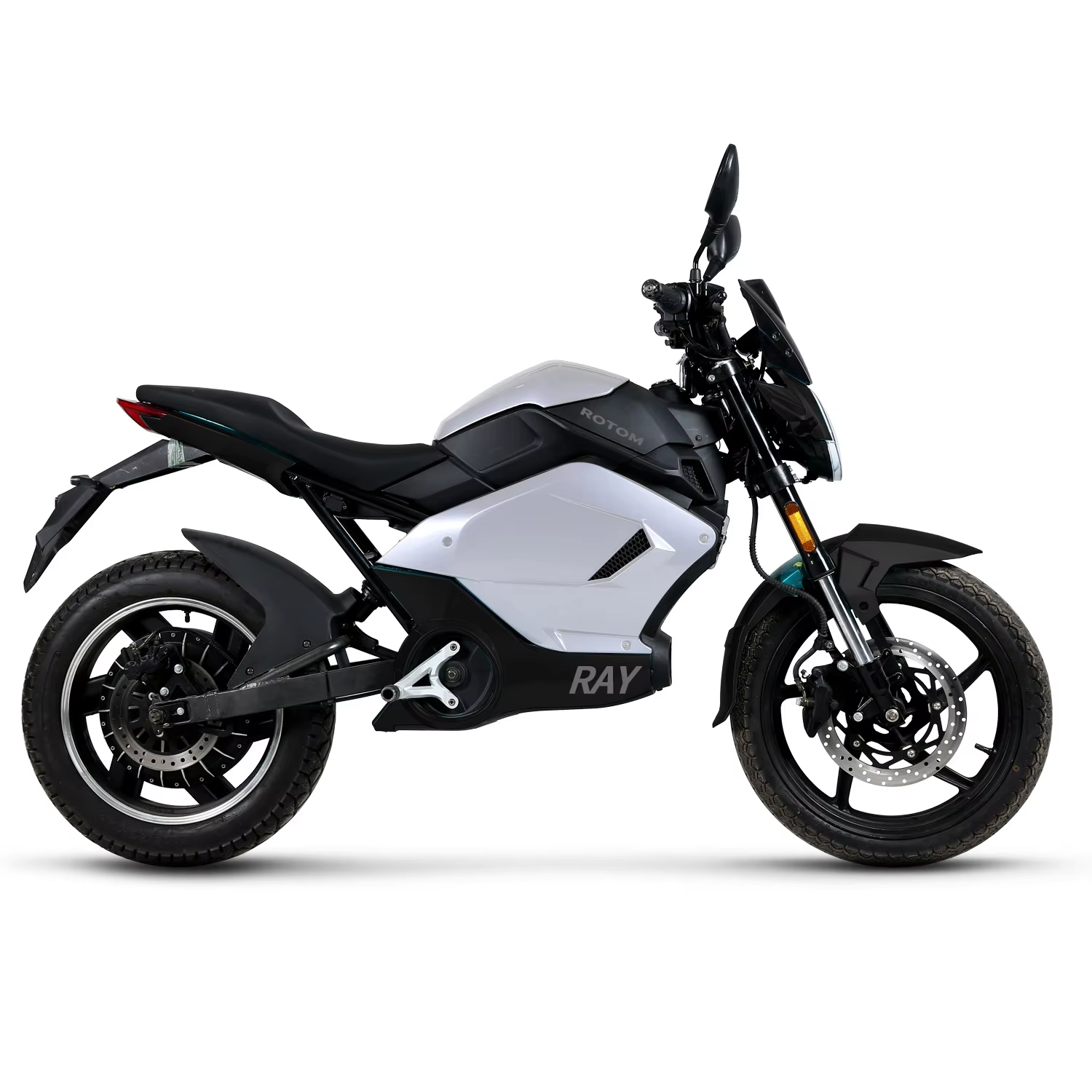The evolution of transportation has led to the rise in popularity of electric motorcycles, not only as a means of commuting but also as a symbol of modern technology and sustainable living. In Texas, electric motorcycles are subject to specific laws and regulations that aim to create a safe environment for both riders and other road users. Understanding these laws is essential for anyone considering purchasing or riding an electric motorcycle in the Lone Star State.
Overview of Electric Motorcycles
Electric motorcycles differ significantly from their gasoline-powered counterparts in several ways, including technology, energy consumption, and even noise production. While traditional motorcycles rely on internal combustion engines, electric motorcycles utilize electric motors powered by rechargeable batteries. This fundamental difference leads to advantages such as lower operational costs, reduced environmental impact, and, in many cases, enhanced riding performance.
Defining Electric Motorcycles in Texas
Electric motorcycles in Texas are classified under the same laws that govern traditional motorcycles, but there are distinctions made concerning their power and capabilities. According to Texas law, an electric motorcycle is defined as a motor vehicle that:
- Has two wheels and is equipped with an electric motor.
- Is designed for use on public highways.
Additionally, an electric motorcycle must have a maximum power output of 4,000 watts or 5.36 horsepower, putting it in the category of light motorcycles.
Licensing Requirements
To legally operate an electric motorcycle in Texas, riders must meet specific licensing requirements. The Texas Department of Public Safety (DPS) outlines these guidelines to ensure that all motorcyclists are adequately trained and familiar with safe riding practices.
Motorcycle License Types
Class M License
Most electric motorcycle riders will need a Class M license, which permits the operation of motorcycles or motor-driven cycles. Obtaining a Class M license involves several steps:
- Application: Riders must complete an application and provide proof of identity.
- Written Test: A written test covering motorcycle operation rules may be required.
- Riding Skills Test: A demonstration of riding skills can also be part of the process. Alternatively, completing a motorcycle safety course may exempt you from the riding skills test.
Learner’s Permit
For new riders or those who are not yet ready to obtain a full Class M license, Texas offers a learner’s permit. This permit allows individuals to ride under certain restrictions, such as not riding after dark or carrying passengers.
Age Restrictions
Texas imposes age restrictions on motorcycle licensing, with riders needing to be at least 15 years old to obtain a Class M license or learner’s permit. All minors must have parental consent, and those under 18 may also need to complete a motorcycle safety course as a prerequisite for obtaining their license.
Helmet Laws
One of the most critical aspects of motorcycle laws relates to helmet usage. Texas has enacted specific regulations governing whether riders are required to wear helmets while operating electric motorcycles.
Minimum Requirements
Under Texas law, riders aged 21 and older are not required to wear helmets if they:
- Have completed a Department of Public Safety-approved motorcycle training course, or
- Have health insurance that covers injuries sustained while riding.
However, riders under the age of 21 must wear helmets at all times. These regulations exist to ensure the safety of younger or less experienced riders, who may be more susceptible to injuries in the event of an accident.
Essential Points About Helmets
In Texas, any helmet worn must meet federal safety standards. The helmet must fit snugly and have a chin strap to keep it secure during riding. Non-compliance can result in fines, and more critically, riding without a proper helmet when required can endanger lives.
Equipment Regulations
Electric motorcycles must also meet specific equipment standards enforced by the Texas Department of Transportation (TxDOT). These standards help ensure that all vehicles on the road are safe and roadworthy.
Required Equipment
- Brakes: Electric motorcycles must be equipped with adequate brakes that are capable of stopping the motorcycle safely.
- Lights: At least one headlight and a functioning taillight are mandatory for nighttime riding. Turn signals are also required, and rearview mirrors are highly recommended, albeit not mandatory.
- Horn: A functioning horn that can alert other road users is also required.
- Reflectors: Some types of motorcycles may require reflectors to enhance visibility on the road.
- Tires: Tires need to be in good condition and appropriate for the motorcycle’s size and design.
Ensuring that an electric motorcycle adheres to these equipment regulations will allow riders to operate legally and safely.
Modifications and Customizations
While riders may wish to modify their electric motorcycles for performance or aesthetic reasons, any modifications must still comply with Texas laws. For example, custom exhaust systems that alter the motorcycle’s noise output must not exceed sound limits imposed by local ordinances.
Insurance Requirements
Insurance serves as another critical element in the operation of electric motorcycles in Texas. While Texas law does not mandate specific insurance for electric motorcycles, it requires all motor vehicles to have liability insurance.
Liability Insurance
Liability insurance is designed to cover damages that a rider may cause to others in an accident. The minimum requirements for liability coverage in Texas are as follows:
- $30,000 for bodily injury per person.
- $60,000 for total bodily injury per accident.
- $25,000 for property damage per accident.
While these minimums are acceptable, riders are encouraged to consider higher limits or additional coverage options, such as collision, comprehensive, and uninsured/underinsured motorist coverage, for broader financial protection.
Factors Affecting Insurance Costs
- Rider Experience: More experienced riders may qualify for lower premiums.
- Type of Motorcycle: Different models come with varying insurance costs; performance bikes or custom-built motorcycles can be more expensive to insure.
- Location: Urban areas often have higher rates due to increased accident probabilities.
- Riding History: A clean driving record can lead to lower insurance costs over time.
Noise Ordinances
An often-overlooked aspect of operating electric motorcycles is compliance with local noise ordinances. Electric motorcycles typically produce less noise than their gas-powered counterparts, which can be a significant benefit. However, some municipalities have rules governing noise levels specifically.
Local Noise Regulations
Many cities in Texas have instituted noise ordinances that regulate sound levels, especially in residential areas. Riders should be aware of these regulations to avoid fines.
- Sound Limits: Some areas may impose decibel limits, typically ranging from 85 to 95 decibels.
- Quiet Hours: Certain neighborhoods may have designated quiet hours during which excessive noise is restricted, regardless of the vehicle type.
 Environmental Considerations
Environmental Considerations
Electric motorcycles represent a cleaner alternative to conventional motorcycles, contributing to reducing overall carbon footprints. However, it is essential for riders to be aware of environmental laws that may affect them.
Emissions Regulations
In Texas, electric motorcycles are not subject to emissions testing due to their lack of tailpipe emissions. This exemption reflects the state’s encouragement of electric vehicle use. However, riders must ensure that any conventional motorcycles they may operate comply with the Texas Commission on Environmental Quality (TCEQ) emissions standards.
Sustainable Riding Awareness
While riding an electric motorcycle is itself an environmentally friendly choice, riders should also practice sustainable riding habits. This includes:
- Minimizing energy consumption through efficient riding techniques.
- Utilizing renewable energy sources for charging when possible.
- Participating in local initiatives aimed at promoting sustainable transportation.
Conclusion
Electric motorcycle laws in Texas are designed to create a safe and enjoyable riding experience for all. By familiarizing oneself with licensing requirements, helmet laws, equipment regulations, insurance necessities, and noise ordinances, riders can not only comply with legal stipulations but also contribute to a culture of responsible riding. Understanding the rules and regulations surrounding electric motorcycles also equips riders to make informed decisions, fostering a thriving electric motorcycle community in Texas. As this segment of transportation continues to grow, staying updated on the electric motorcycle laws in Texas remains crucial for ensuring safety and enjoyment in this exhilarating mode of travel.


